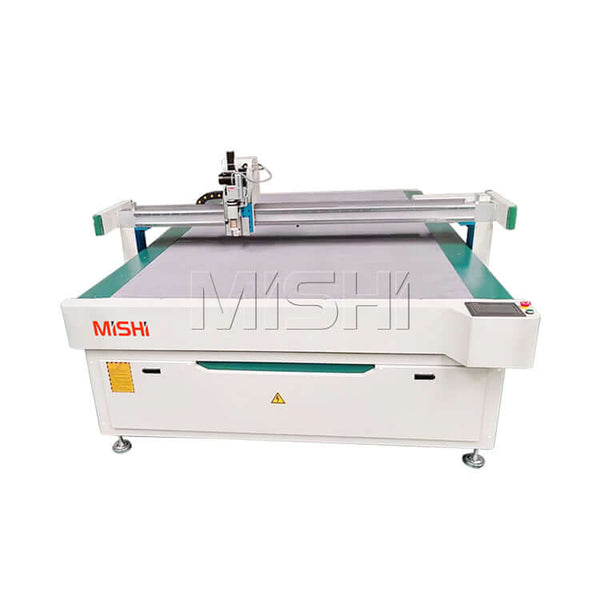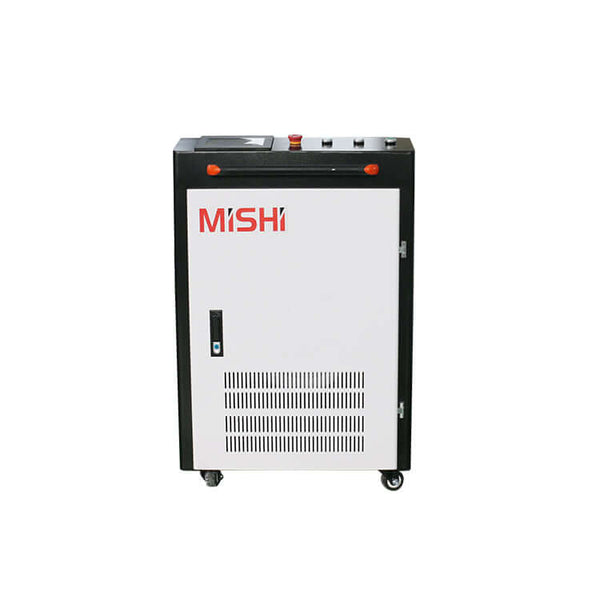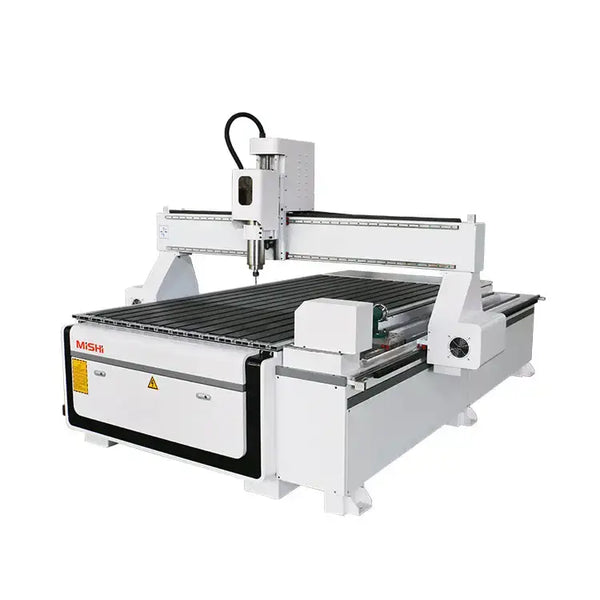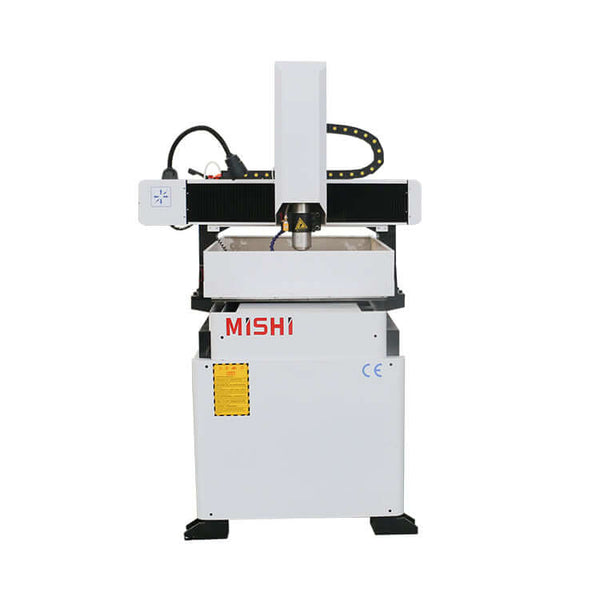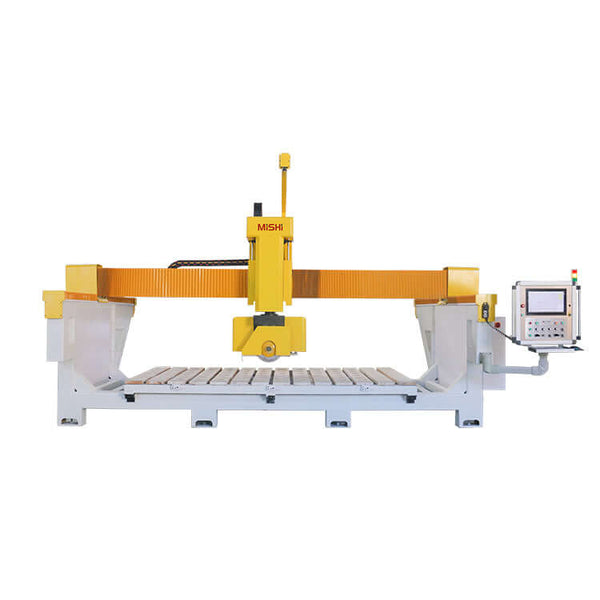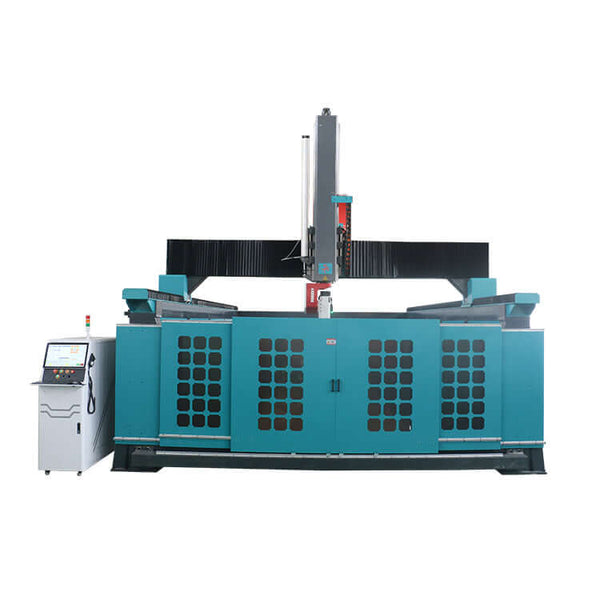3 Faktor Utama Yang Mempengaruhi Ketepatan CNC Mesin Pemotong Kayu
Hari ini, kebanyakan pengeluar perabot panel telah beralih kepada mesin pemotong panel CNC, kerana kaedah pemotongan manual tradisional kurang cekap dan tepat. Walau bagaimanapun, isu operasi atau penyelenggaraan yang tidak betul boleh menjejaskan ketepatan peralatan CNC dengan ketara, mengakibatkan pembaziran bahan. Mari kita periksa tiga faktor kritikal yang mempengaruhi ketepatan CNC:
Penjajaran Bilah Gergaji Utama dan Pemarkahan:CNC mesin pemotong kayu biasanya menggunakan bilah pemarkahan untuk pra-pemotongan diikuti dengan mata gergaji utama untuk pemotongan akhir. Penyelewengan kedua-dua bilah ini boleh menyebabkan pemotongan tidak sekata dan pembaziran bahan. Pemeriksaan penjajaran yang kerap dan pelarasan tepat pada masanya boleh menyelesaikan isu ini dengan berkesan.
Pakai pada Rel Panduan Pangkalan:Keadaan rel asas sangat mempengaruhi ketepatan proses pemotongan. Lama kelamaan, roda tembaga yang berjalan pada rel boleh menjadi haus teruk, menyebabkan ketidakstabilan dan penurunan ketepatan semasa operasi. Pemeriksaan kerap dan penggantian roda yang haus akan meningkatkan kestabilan dan ketepatan operasi.
Kerataan dan Kestabilan Meja Gergaji:Kerataan meja gergaji adalah penting untuk pemotongan yang tepat. Walaupun meja mesin pemotong CNC pada mulanya rata, penggunaan berpanjangan boleh menyebabkan ubah bentuk akibat tekanan berterusan, memberi kesan negatif kepada ketepatan pemotongan. Penyelenggaraan dan pemantauan tetap untuk ubah bentuk atau haus adalah perlu. Dalam kes ubah bentuk yang teruk, menggantikan mesin adalah dinasihatkan.
Kesimpulannya, memberi perhatian kepada ketiga-tiga faktor kritikal ini boleh meningkatkan ketepatan mesin pemotong kayu CNC dengan ketara, mengurangkan sisa bahan dan memastikan pengeluaran berkualiti tinggi yang konsisten.



